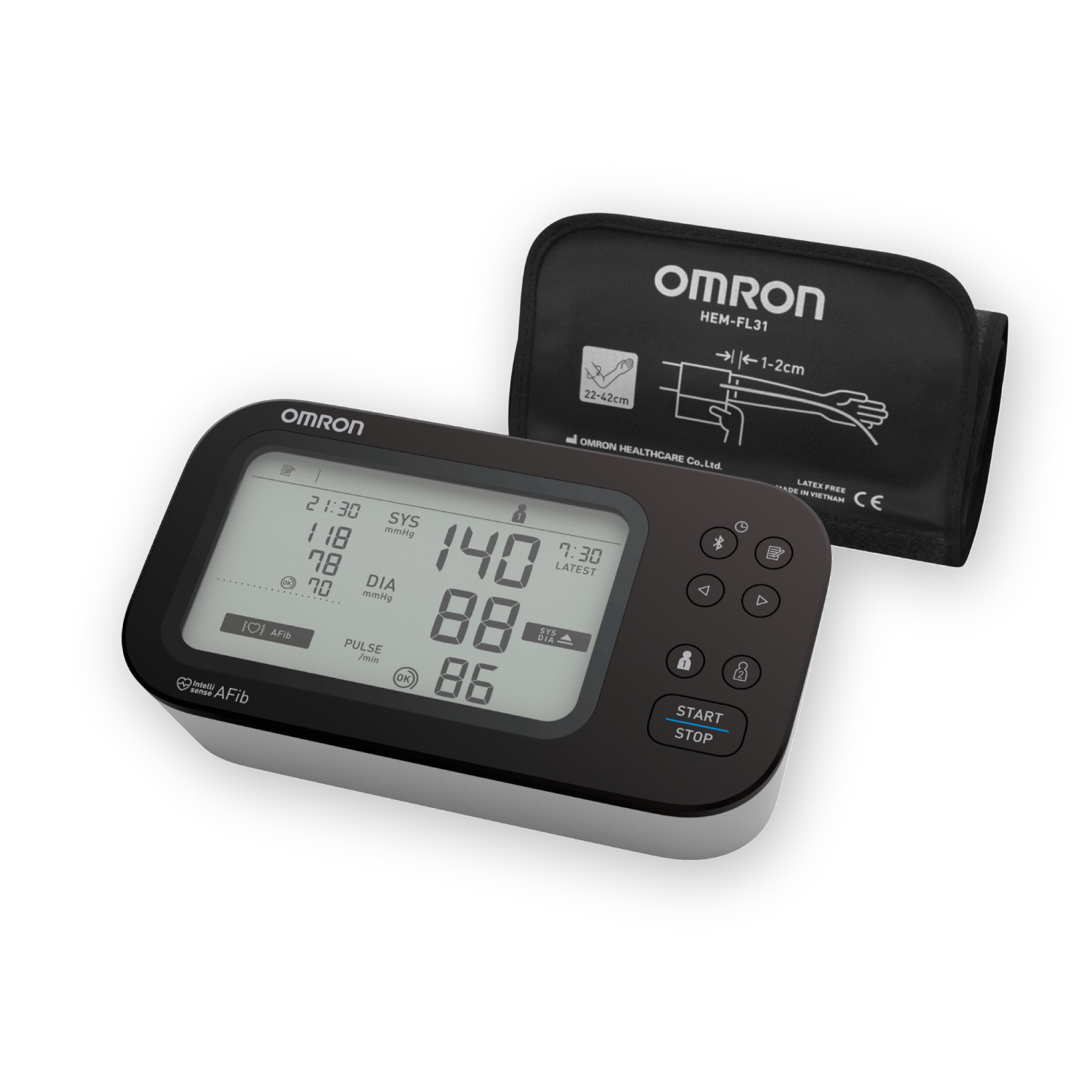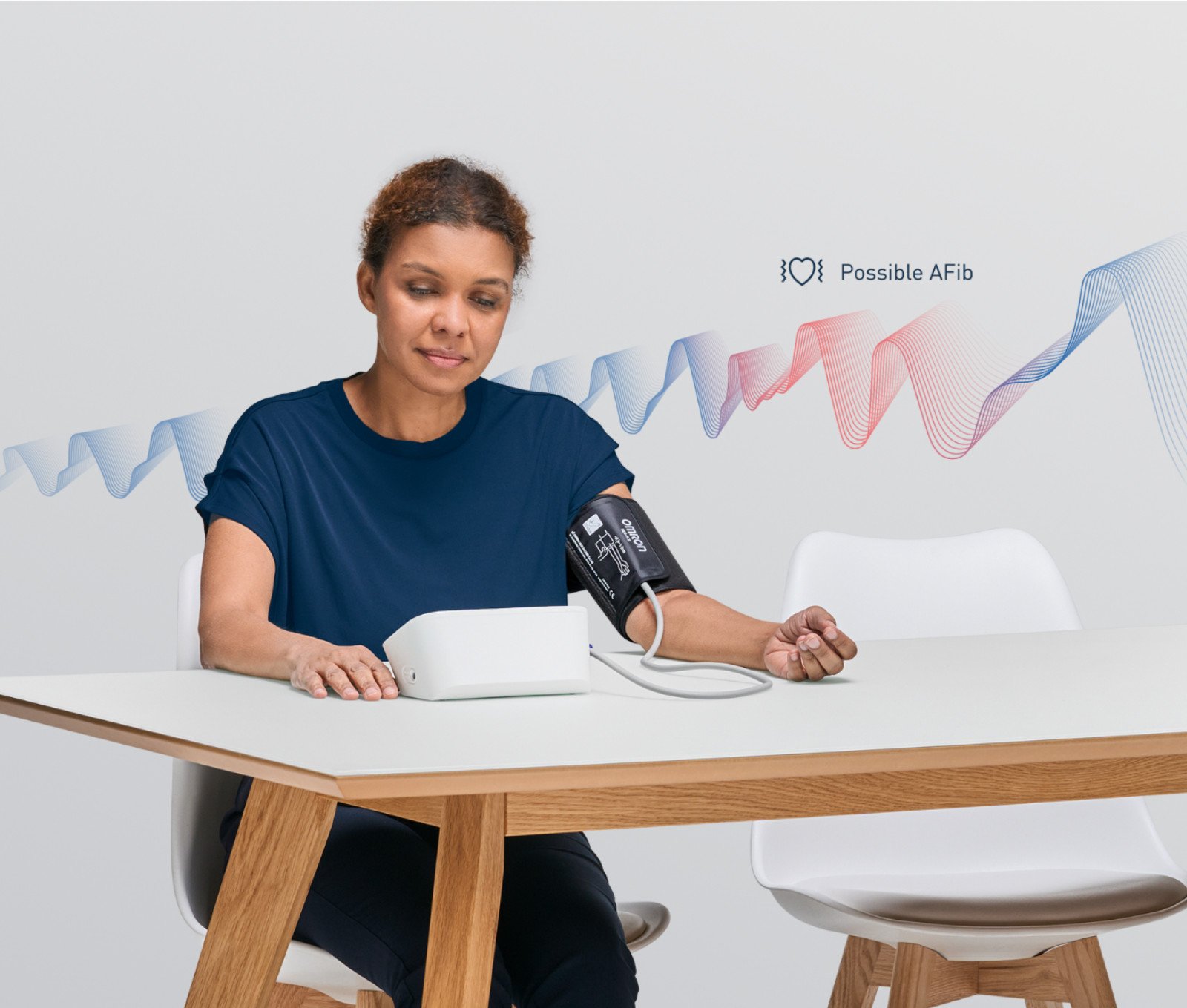

Introduction to Cardiovascular Health
Cardiovascular disease (CVD) remains the leading cause of death across Europe, accounting for over 3.9 million deaths annually according to the European Society of Cardiology (ESC). Early recognition and prompt response to cardiovascular symptoms are crucial for effective prevention and treatment. For healthcare professionals, including GPs, nurses, and educators, supporting patients in identifying these warning signs can lead to earlier interventions, better prognosis, and a significant reduction in hospitalizations and complications. This article outlines the most common and often overlooked signs of cardiovascular disease, and provides actionable guidance to help patients take charge of their heart health before a crisis occurs.
Why Recognizing Early Warning Signs Is Critical for Prevention
Many serious cardiovascular events such as myocardial infarctions or strokes are preceded by subtle symptoms. Unfortunately, these are often dismissed by patients or misattributed to stress or fatigue. Timely recognition of early warning signs, such as chest discomfort, breathlessness, or persistent fatigue, can prevent progression to severe, irreversible events.
Healthcare professionals play a vital role in helping patients understand which symptoms should prompt medical evaluation. Encouraging self-awareness, offering clear examples, and reinforcing the importance of acting early are essential steps in reducing the burden of heart disease. Preventive education empowers patients to seek care before damage occurs, improving quality of life and long-term outcomes.
Common Early Warning Signs of Cardiovascular Issues
Recognizable Symptoms
Chest pain or discomfort: A common symptom, often described as pressure, tightness, or burning in the chest. Pain may radiate to the arms, neck, jaw, or back.
Shortness of breath: Particularly when walking uphill or lying down. This can indicate that the heart is not pumping effectively.
Palpitations or irregular heartbeat: Sudden awareness of the heartbeat may suggest arrhythmia.
Less Obvious Indicators
Unusual fatigue: Persistent tiredness not explained by activity levels could be an early sign of heart failure or inadequate oxygen supply.
Swelling in legs or ankles (edema): May reflect fluid retention from heart dysfunction.
Dizziness or lightheadedness: A potential result of reduced blood flow or arrhythmias.
Nausea or sweating: Particularly in combination with other symptoms like chest pain.
These signs should not be ignored, especially in patients with cardiovascular risk factors.
When to Seek Medical Attention
Patients should be encouraged to seek medical attention if they experience:
Chest discomfort lasting more than a few minutes
Shortness of breath at rest or with minimal exertion
Sudden dizziness, fainting, or heart palpitations
Fatigue that persists over several days and interferes with normal activities
Healthcare professionals must also educate patients on the importance of knowing their own risk profile, including:
Family history of cardiovascular disease
Smoking, obesity, and sedentary lifestyle
Hypertension, diabetes, and hyperlipidaemia
Clear communication about symptom urgency can save lives. Providing patients with simple checklists or decision trees can aid timely decision-making.
The Role of Regular Screenings and Checkups
Regular cardiovascular screenings are critical, especially for individuals with known risk factors. According to ESC and WHO Europe guidelines:
Blood pressure should be measured at regularly.
Cholesterol levels should be evaluated every 4–6 years from age 20, and more frequently in high-risk patients.
Blood glucose and body mass index (BMI) assessments can help monitor metabolic risk
Electrocardiograms (ECG) or stress tests may be advised based on clinical presentation.
Early identification of risk through screenings enables timely preventive strategies. Healthcare providers should make screenings a routine part of consultations and empower patients to track from home as well.

Empowering At-Home Monitoring with OMRON Complete
For individuals seeking to take an active role in their cardiovascular health, the OMRON Complete offers a comprehensive solution. This clinically validated 2-in-1 device combines a blood pressure monitor with a single-lead ECG, allowing users to simultaneously measure two critical indicators of heart health from the comfort of their home.
Key Benefits of OMRON Complete:
Simultaneous Monitoring: Measures blood pressure (systolic, diastolic, and pulse) and detects heart rhythm irregularities such as atrial fibrillation (AFib), tachycardia, and bradycardia in one session.
User-Friendly Interface: Provides clear, easy-to-understand results, facilitating better comprehension and management of one's heart health.
OMRON Connect App Integration: Seamlessly syncs with the free OMRON Connect app, enabling users to store, track, and share their health data with healthcare providers
Enhanced Detection: Developed with AliveCor's advanced ECG technology, enhancing the detection of AFib and other cardiac condition
By incorporating the OMRON Complete into regular health routines, individuals can proactively monitor their cardiovascular health, leading to earlier detection of potential issues and more informed discussions with healthcare professionals.
Lifestyle Tips for Heart Health
Preventive care begins with daily habits. Healthcare professionals should offer patients clear, realistic steps for reducing their risk of cardiovascular disease:
Diet
Promote the Mediterranean or DASH diet, focusing on vegetables, whole grains, lean proteins, and healthy fats.
Reduce intake of salt, saturated fats, trans fats, and processed sugars.
Exercise
Recommend at least 150 minutes of moderate-intensity aerobic activity per week, such as walking or cycling.
Encourage simple changes like walking to the shop or using stairs instead of lifts.
Stress Management
Educate patients about the link between chronic stress and heart disease.
Recommend techniques like mindfulness, yoga, or breathing exercises.
Avoiding Tobacco and Alcohol
Offer support and referrals for smoking cessation programmes.
Advise patients to limit alcohol to within recommended guidelines.
Empowering patients with practical tools increases adherence and fosters long-term behavioural change.
Conclusion
Healthcare professionals are uniquely positioned to detect, prevent, and educate about cardiovascular disease. Recognizing the early warning signs of cardiovascular issues and guiding patients toward timely action can dramatically alter their health trajectory.
Encourage patients to:
Be aware of and report subtle symptoms
Make home screening part of their routine
Make sustainable lifestyle changes
Seek medical advice early, even if symptoms seem mild
By promoting open dialogue and ongoing education, clinicians can foster a culture of proactive heart health. The earlier the intervention, the better the outcomes—and the greater the chance of preventing life-threatening complications.
Related blogs
References
-
European Society of Cardiology (ESC). (2023). Cardiovascular Disease Prevention Guidelines.
https://www.escardio.org/Guidelines -
World Health Organization (WHO) – Europe. (2023). Cardiovascular Diseases in the WHO European Region.
https://www.who.int/europe -
European Heart Network. (2022). Preventing Cardiovascular Disease – Policy and Practice.
https://ehnheart.org -
National Institute for Health and Care Excellence (NICE). (2023). Cardiovascular Risk Assessment and Lipid Modification.
https://www.nice.org.uk
OHEAPP-866









